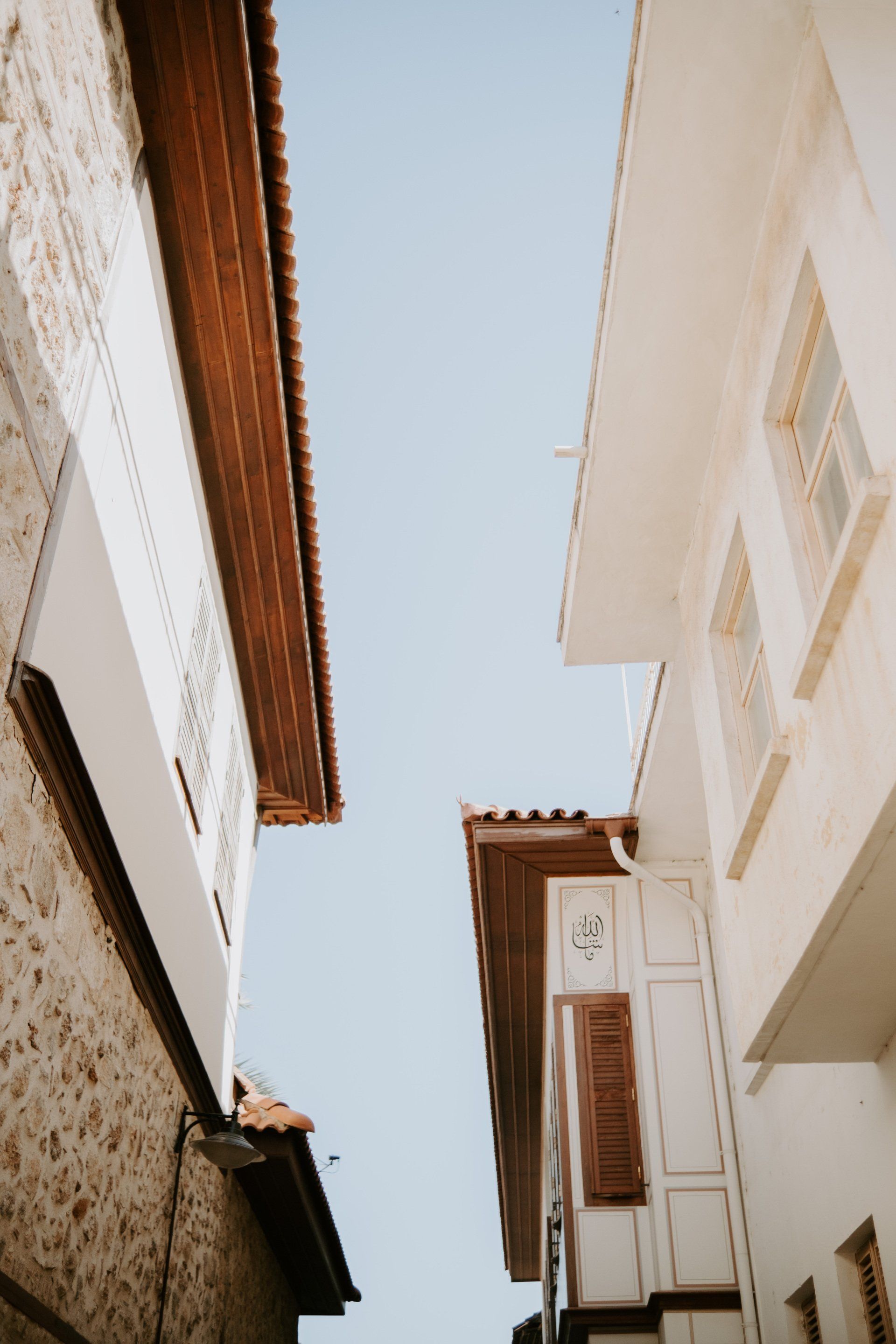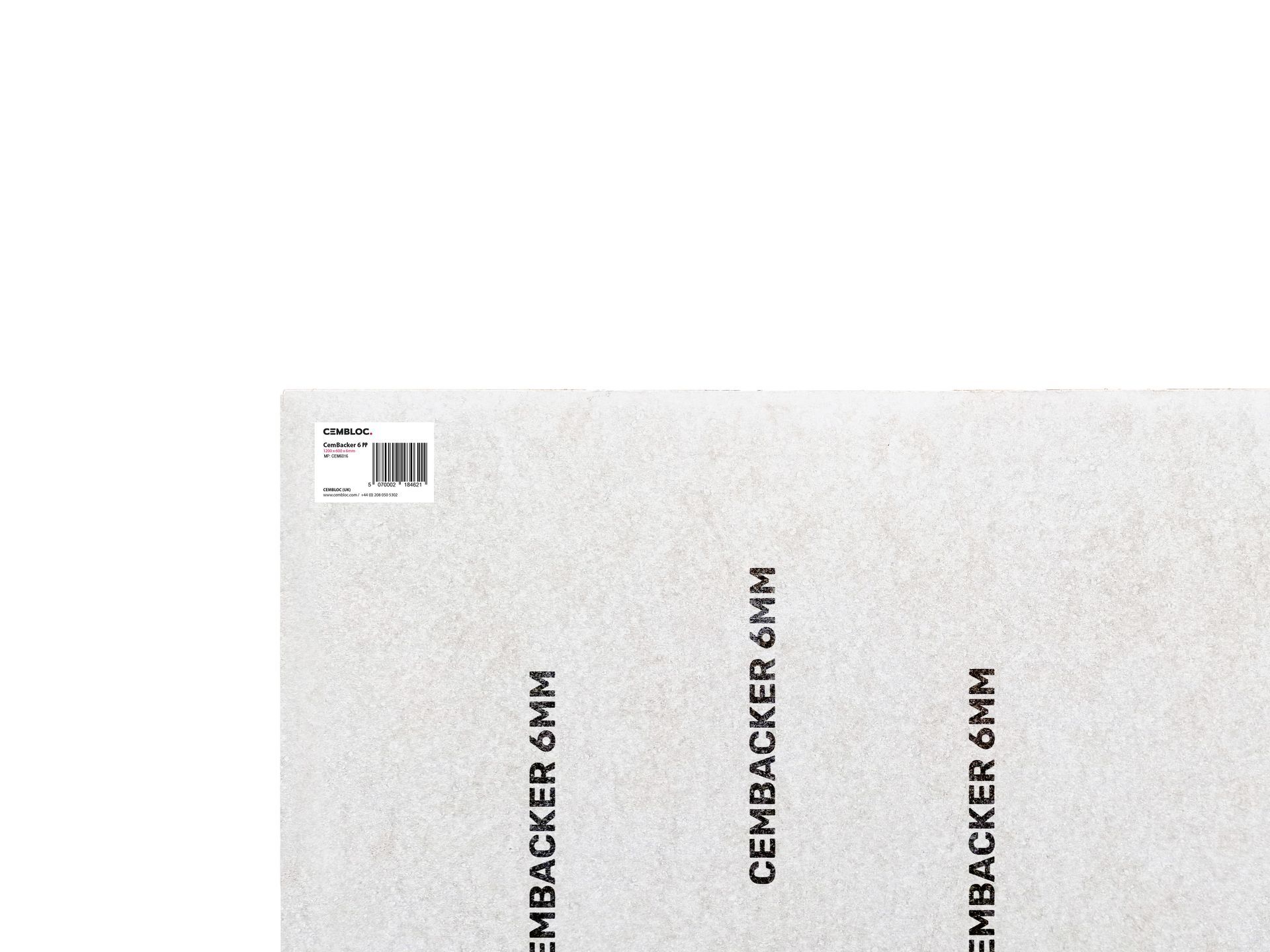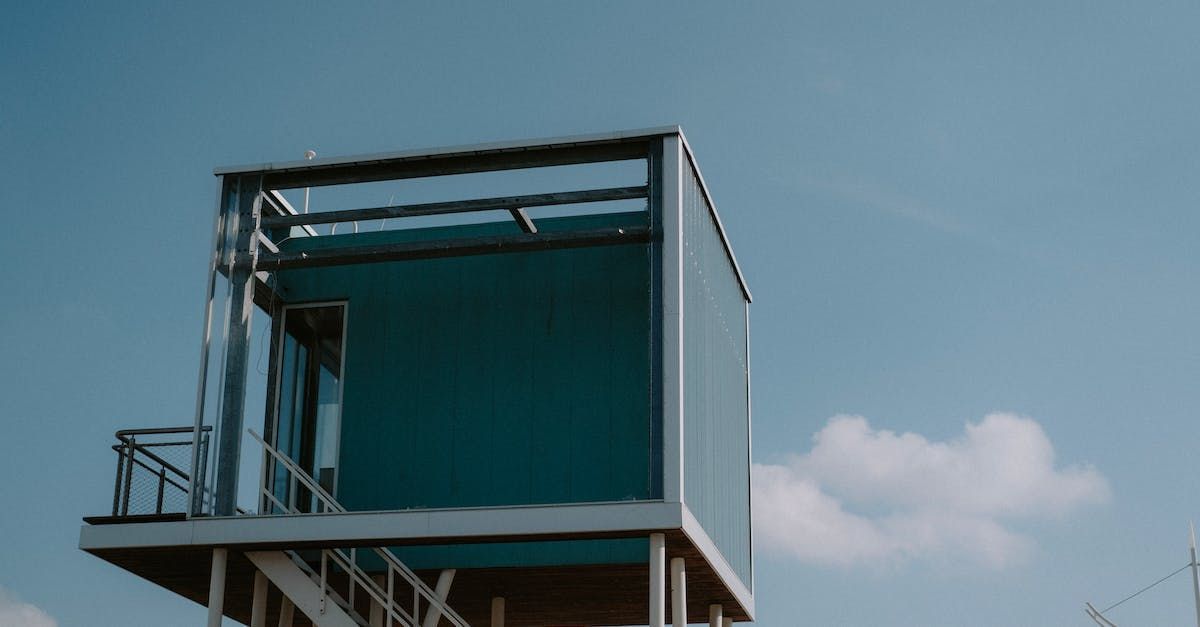Fibre Cement vs MgO Boards
In this blog we will be covering, the fundamentals of fibre cement then into the the similarities and differences between Fibre Cement and MgO.
What Is Fibre Cement?
Fibre cement is a building material that is made from a mix of cement, sand, and cellulose fibres. It is strong, durable, and versatile, making it suitable for a wide range of applications, including wall cladding, roofing, flooring and for wetrooms. It is also resistant to weathering, rot, and insect damage, making it a popular choice for both residential and commercial construction. Fibre cement is also non-combustible and can be used in fire-rated applications, making it an ideal choice for fire-resistant construction.
Advantages of Fibre Cement Vs MgO
Fibre cement is a more durable and long-lasting material than MgO boards, making it less likely to warp, crack, or break over time. It is also resistant to weathering, rot, and insect damage, making it a better choice for outdoor or wet environments. Fibre cement is also non-combustible and can be used in fire-rated applications, whereas MgO boards are combustible and should not be used in fire-resistant construction. Fibre cement is also available in a wider range of colours, textures, and styles, giving you more design options to choose from. Overall, fibre cement is a more versatile, durable, and reliable material for building applications than MgO boards.
Benefits of Fibre cement vs MGO
There are several benefits to using fibre cement over MgO boards in building applications that include:
- Durability: Fibre cement is more durable and resistant to damage than MGO. It is also fireproof and does not rot, corrode or decay.
- Strength: Fibre cement is stronger and more rigid than MGO. It can withstand extreme temperatures and high moisture levels without warping or splitting.
- Versatility: Fibre cement is versatile and can be used in a variety of applications, such as exterior siding, roofing, flooring, and decking.
- Cost: Fibre cement is less expensive than MGO, making it a more budget-friendly option for many projects.
- Maintenance: Fibre cement requires minimal maintenance and can be painted or stained to match any decor
Cons Of Fibre Cement?
However like anything, not everything is perfect. Fibre cement does come with some cons. Here are a handful of potential disadvantages to using fibre cement, including:
- Weight: Fibre cement is a relatively heavy material. An example of this is our Cembloc board which averages in at 1350kg/m3 meaning a 1000mm x 1000mm x 10mm board would weigh in at 13.5kg per board, which may make it potentially difficult to install and may require additional support.
- Installation: Installing fibre cement siding's require specialised tools and skills.
- Differences: This point is an interesting one, and sometimes gives fibre cement a bad reputation. The vast amount of fibre cement products on the market range from Grade I to Grade III. The later being often compared to weetabix. In these instances, fibre cement is pushed aside for other building material alternatives due to the Grade III quality, but this is by all means a false reality of how fibre cement should be. That is why, we highly recommend talking to a fibre cement specialist prior to any order as it may not be what you're expecting.
For more information about Fibre Cement and its potential benefits in your application
get in touch with the Cembloc team, where we can guide you in the right direction.









